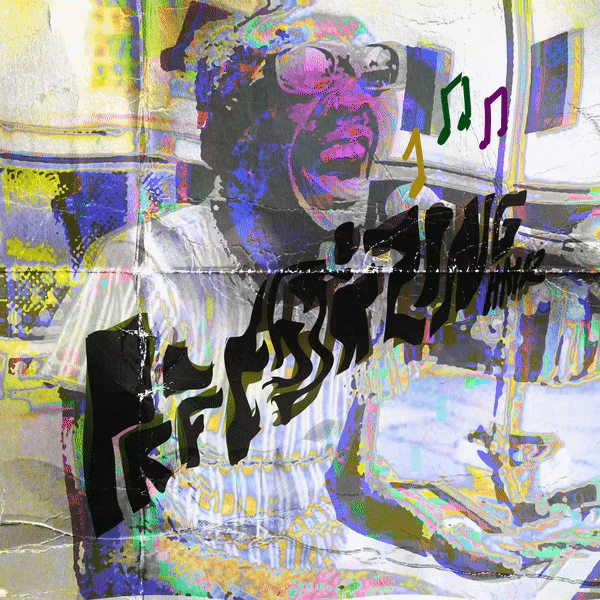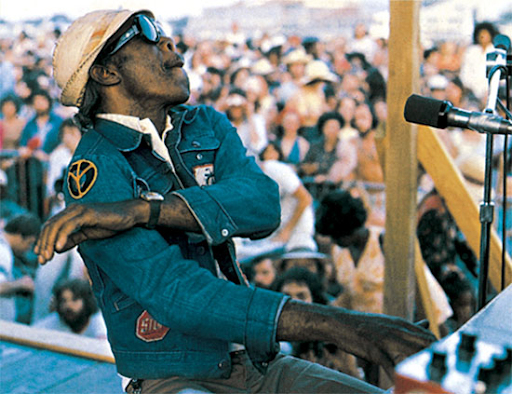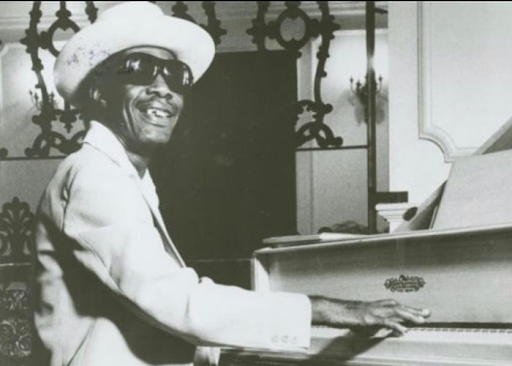"The Bach of Rock": Professor Longhair’s Virtuosic Genius
How Roy “Professor Longhair” Byrd’s individualistic and experimental piano-playing style revolutionized the New Orleans music scene and paved the way for rock and soul.
Musical instruments are not merely noise-making machines: They are conduits into dimensions of musicians’ souls. For many musicians, words fail to express the deeper essence of who they are. Only through art can they directly communicate the complexity of their souls and the emotions they experience. When accomplished musicians play their instruments, they pour out their passions, desires, and fears in front of you. By the end of their performance, they have nothing left to say: They’ve expressed all they possibly could about themselves.
This is what places Roy “Professor Longhair” Byrd, “the Bach of Rock” of New Orleans, among the greatest musicians of his time. Listen to any three-second snippet of him playing piano, and you’ll know it’s him: He combined boogie-woogie, calypso, mambo, and rhumba to create a funky and original style. His performances ooze with jubilation, immediately transporting you into the heart of New Orleans’ vibrant culture. Yet, his experimental style always feels like a natural expression of who he was. When asked about his career, he simply said, “I didn’t know what I was playing, but it sounded good to me.” No wonder that despite his influence on future piano players like Fats Domino, Allen Toussaint, and Randy Newman, none of them could recreate his personalized magic.
Such extraordinary talent can only come through special circumstances. The legend goes that Longhair learned how to play on a beaten-down piano with missing keys he found in an alley, and after performing alongside local players, Longhair was able to develop his distinctive style. His songs would never be simplistic topsy-turvy grooves. Instead, the Louisiana native threw in sudden glissandos, tricky funky rhythms, and random time signature changes to keep you on your toes. He would perform a piano acrobatic show right in front of your eyes. At Longhair’s best, his songs would tell a story, each phrase conveying a different “micro-emotion” that the protagonist (generally himself) feels. As he grew older and gained more jazz influence, his performances only became more elegantly woven tapestries.
However, before exploring his technical performing peak, we need to read the Professor’s textbook: a compilation of his early singles. The issue is that Longhair performed for multiple labels in the 1940s to ‘50s, so there aren’t many compilations that put all his classics in one place. Luckily, he performed quite a bit of material for the Atlantic label, resulting in his most famous singles and eventually the New Orleans Piano compilation. Distill it down to its core songs, and we’re left with some of the highest peaks of New Orleans R&B: “Hey Now Baby,” “Tipitina,” “Hey Little Girl,” and “Mardi Gras In New Orleans.” Each one displays his performing brilliance and his expansive emotional range. These hits are not just songs: they let you step into his mesmerizing musical universe.
Photo courtesy of Alligator Records
“Hey Little Girl” thrusts you into that world immediately, telling the story of Longhair failing to seduce a girl at a bar. You can tell he has had a bit too much to drink by that gutsy, wobbly bassline, almost as if he was tripping with every step. This heaviness is countered with lighter, graceful melody lines that portray his charming, seductive personality. These contrasting elements would sound rather ordinary on their own, but when juxtaposed, they set the stage for Longhair’s tale, where he tries his best to woo the girl but is way too drunk to do so and keeps on fumbling. Each stumble is displayed by the heavy bassline crashing into the lighter main melody, and the climax of his struggle to appear sober comes during the “look what you’re gonna miss” solo, where the heavy and light lines almost brawl against each other. “Hey Little Girl” is a perfect example of Professor Longhair’s narrative genius — his stories are told through all aspects of his music, not just lyrically.
The light, airy elegance of “Hey Now Baby” is the perfect foil to the heavy, earthy grime of “Hey Little Girl.” While the latter was set in a murky tavern, “Hey Now Baby” instead takes place in an elaborate ballroom with an air of sophistication. It’s mind-blowing how perfectly the main melody describes the graceful dance of an elegant ballerina, the riff containing a complex burst of notes within an orderly rhythmic structure. Meanwhile, Longhair’s gruff voice provides a much-needed contrast, highlighting the rift between his rowdy, rough persona and the much classier ladies at this ballroom.
Professor Longhair’s voice is hardly the only way he expresses himself. “Tipitina” exemplifies the epic intros he would eventually perfect. The piano lead lines ebb and flow, turning from playful to moody in a moment’s flash. Even when the vocals begin, he adds small variations to each repetition of the melody to keep it interesting. On his dance tracks like “Ball The Wall” and “In The Night,” he can use his piano to not only provide an exuberant rhythmic backing but actually amplify the wild energy.
Photo courtesy of The 100 Companies LLC
The culmination of his talents is found in his most iconic song, “Mardi Gras In New Orleans.” This song is not simply the anthem of the Mardi Gras festival in New Orleans: it is a celebration of life. That danceable bassline is one of the most exhilarating beats you’ll ever hear, and combined with the steady counterpoint rhythm, it perfectly embodies the Mardi Gras parade. Yet, this is his most personal song as he describes the experience of seeing the festival for the first time with child-like wonder and awe, making its ecstatic nature deeply intimate. It is not just a routine party tune; it is a cathartic expression of joy and excitement.
With greatness abound in these masterpieces, one would think he would be more well-known. Sadly, his style was simply too daring for contemporary white audiences, and while New Orleans artists like Fats Domino, Larry Williams, and Lloyd Price attained commercial success, Longhair could only dream of having the same appeal. This is partially the reason he became disillusioned with the music industry and quit in the 1960s.
Luckily, great art always survives, and he regained prominence after performing at the 1971 New Orleans Jazz and Heritage Festival, sparking his return to live performing. On his new studio albums Rock N’ Roll Gumbo and Crawfish Fiesta, the seeds of his musical vision finally sprouted. His complex style only became more intricate and memorable on those records, and they hold the re-recorded, definitive versions of “Big Chief,” “Tipitina,” and “Hey Now Baby.” He was even able to Longhairify other genres, like honky-tonk country, rock, blues, and soul, showing how far his vision could reach.
Even if Longhair did not get the full recognition he deserved, his innovations have influenced generations of musicians, recognized universally as the singularity in popular music who always stayed true to his style. His unique style of musical storytelling sounds just as fresh and powerful as it did in the ‘40s and ‘50s, and the history of rock and soul music would look much different without their ancestry containing a bit of Longhair. So, pay a tribute to this forgotten genius by playing “Mardi Gras In New Orleans” at full blast and let that excitement reverberate within your soul. “The Bach of Rock” deserves no less.

.png?format=1000w)
.png?format=1000w)


No comments:
Post a Comment